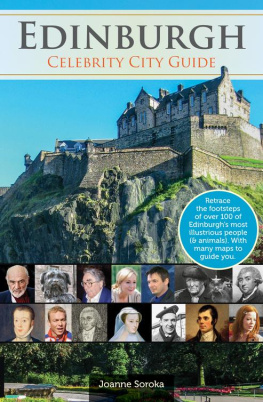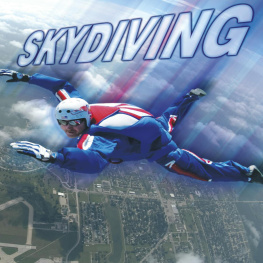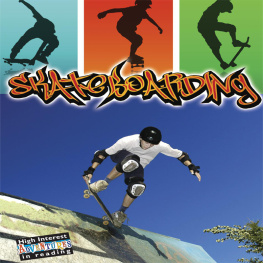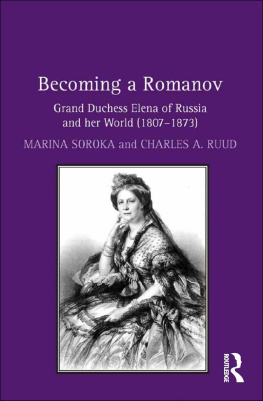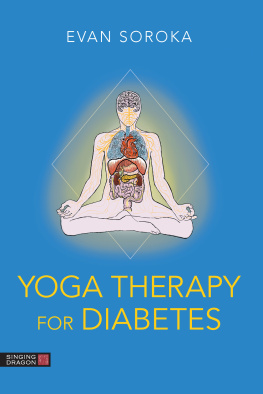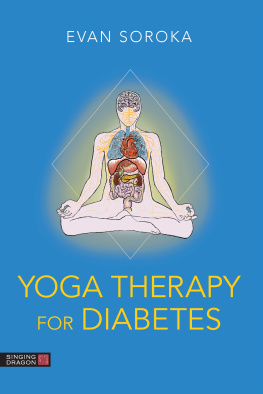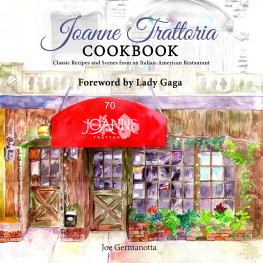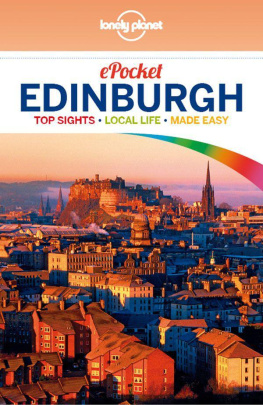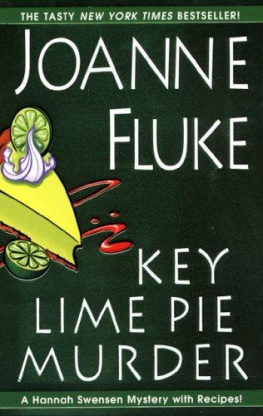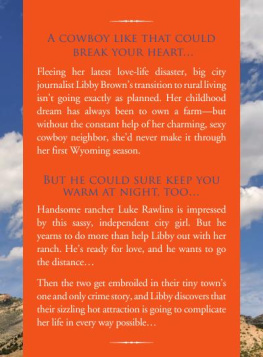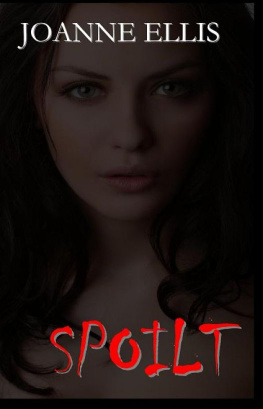Joanne Soroka - Edinburgh
Here you can read online Joanne Soroka - Edinburgh full text of the book (entire story) in english for free. Download pdf and epub, get meaning, cover and reviews about this ebook. year: 2013, publisher: Crowood, genre: Non-fiction. Description of the work, (preface) as well as reviews are available. Best literature library LitArk.com created for fans of good reading and offers a wide selection of genres:
Romance novel
Science fiction
Adventure
Detective
Science
History
Home and family
Prose
Art
Politics
Computer
Non-fiction
Religion
Business
Children
Humor
Choose a favorite category and find really read worthwhile books. Enjoy immersion in the world of imagination, feel the emotions of the characters or learn something new for yourself, make an fascinating discovery.
- Book:Edinburgh
- Author:
- Publisher:Crowood
- Genre:
- Year:2013
- Rating:3 / 5
- Favourites:Add to favourites
- Your mark:
- 60
- 1
- 2
- 3
- 4
- 5
Edinburgh: summary, description and annotation
We offer to read an annotation, description, summary or preface (depends on what the author of the book "Edinburgh" wrote himself). If you haven't found the necessary information about the book — write in the comments, we will try to find it.
Edinburgh — read online for free the complete book (whole text) full work
Below is the text of the book, divided by pages. System saving the place of the last page read, allows you to conveniently read the book "Edinburgh" online for free, without having to search again every time where you left off. Put a bookmark, and you can go to the page where you finished reading at any time.
Font size:
Interval:
Bookmark:
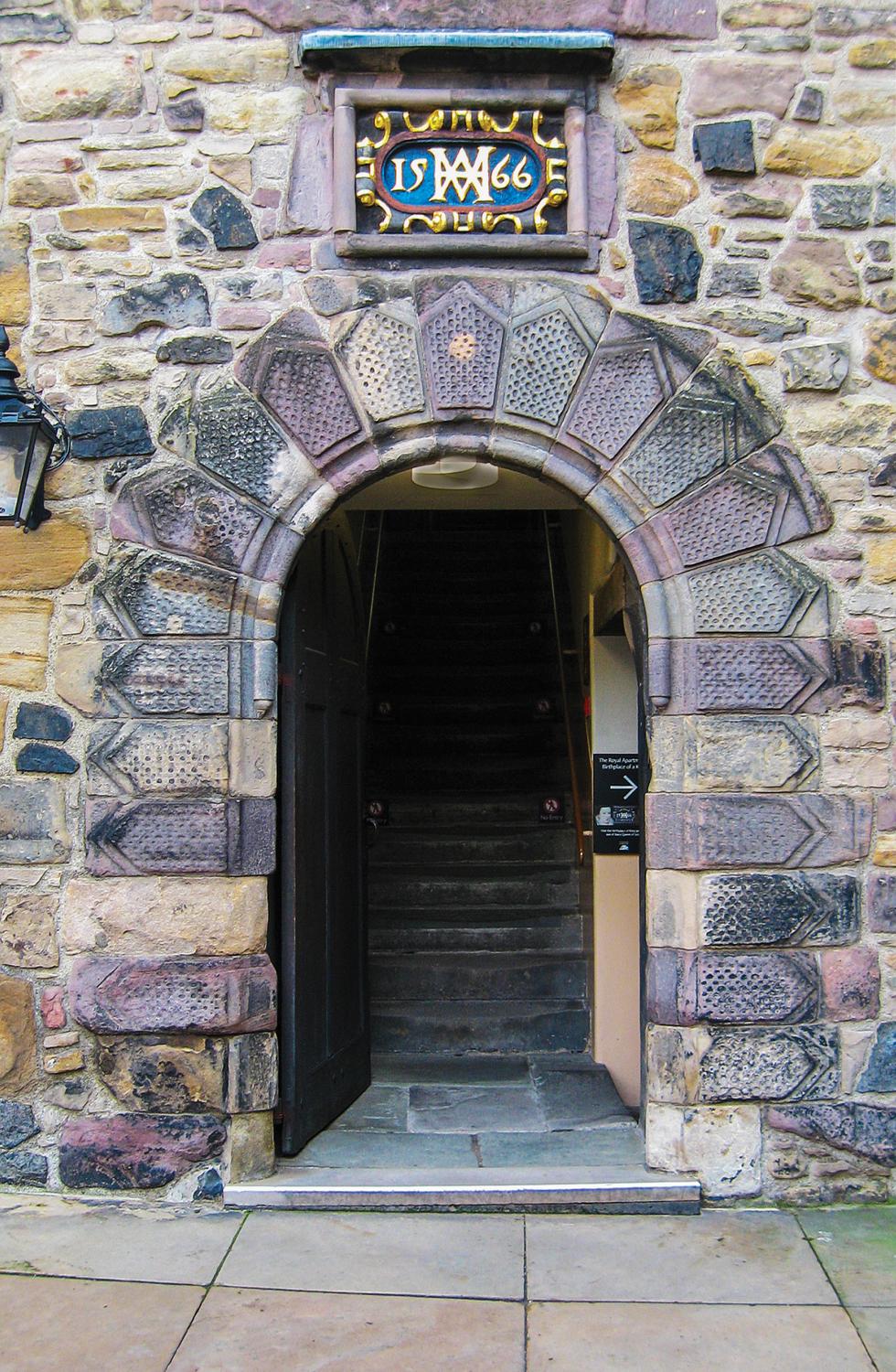
Entrance to the Royal Palace, Edinburgh Castle
First published in 2013 by
The Crowood Press Ltd
Ramsbury, Marlborough
Wiltshire SN8 2HR
www.crowood.com
This e-book first published in 2013
Joanne Soroka 2013
All rights reserved. No part of this publication may be reproduced or transmitted in any form or by any means, electronic or mechanical, including photocopy, recording, or any information storage and retrieval system, without permission in writing from the publishers.
British Library Cataloguing-in-Publication Data
A catalogue record for this book is available from the British Library.
ISBN 978 1 84797 559 1
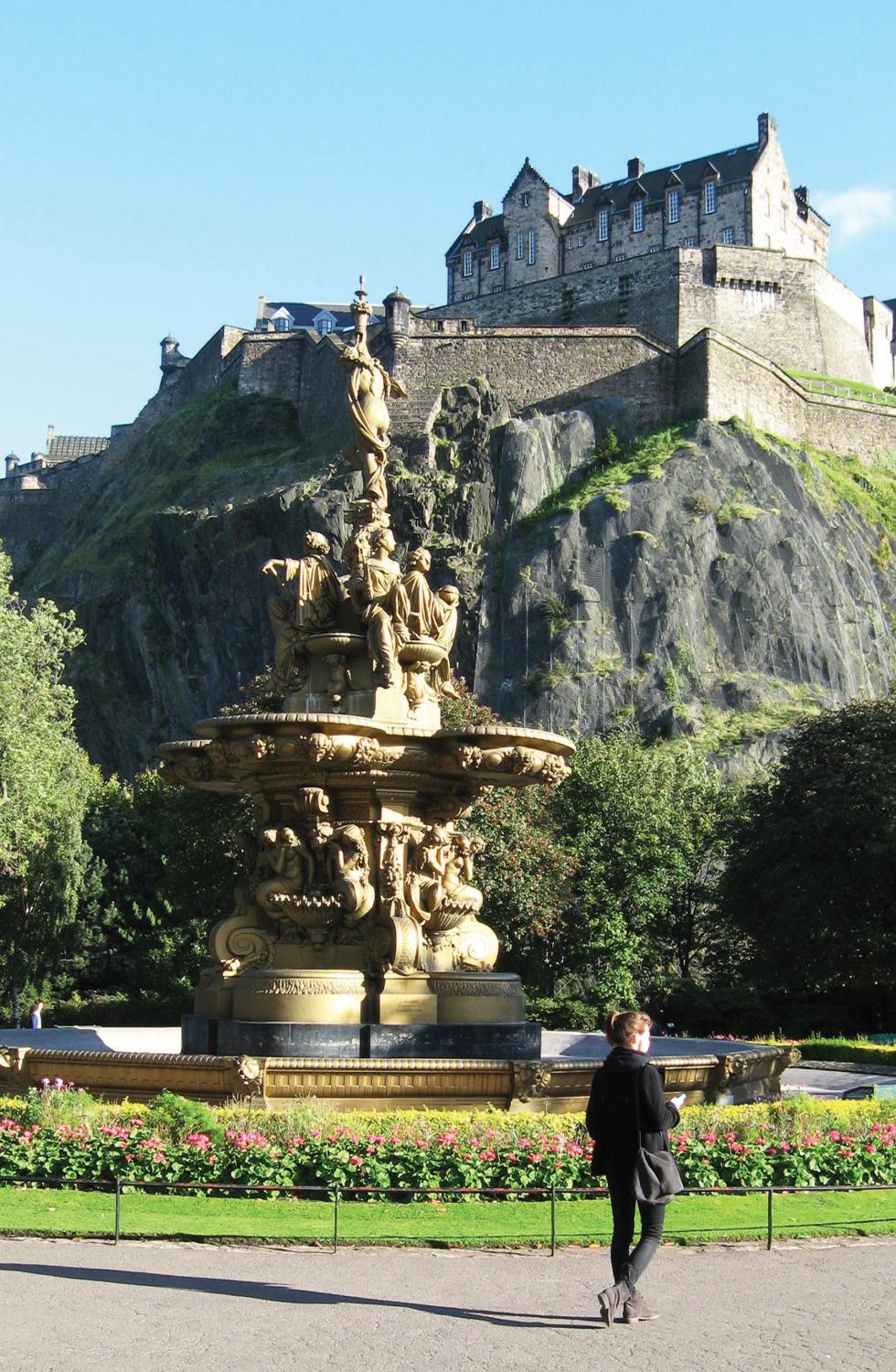
Edinburgh Castle from the Princes Street Gardens.
Connecting Edinburgh and celebrities might at first seem odd. Dont they all live in Paris, London or New York? The celebrities in this book are, however, people of real accomplishment , many of whom are household names. Edinburgh has been a centre of achievement for centuries. From Bonnie Prince Charlie to Alexander Graham Bell to the Bay City Rollers, they all made an impact. Do you want to know about the real Mrs Doubtfire? Or where Tony Blair planned his campaign for the leadership of the Labour Party? You may even want to find out where fictional characters such as Inspector Rebus go for a quick drink.
Edinburgh has long been a hub of intellectual life, spawning or attracting the most intelligent and determined in the country. In particular, the Scottish Enlightenment of the second half of the eighteenth century was a fertile time for philosophers, artists and writers. This was the time of the rise of the scientific method, increasing secularism and scepticism questioning which only increased through time. Today Edinburgh is still a centre of learning and innovation, whether in physics or restaurants.
Each celebrity has a page with their image, a short biography and a picture of an object, work of art or building associated with them. Colour-coded maps at the back show the places they lived, worked, where the objects can be seen, a grave, a statue, whatever is available to be visited. For the living, current addresses are not included to protect their privacy, and some buildings are now private homes, so please do not disturb current residents. Other buildings have unfortunately been demolished, with the maps marking the approximate site.
The collection of one hundred celebrities is a personal choice, since there could easily have been twice as many. They are divided into six categories: artists, writers, performers, doers, pioneers and the uncategorizable. You can trace their movements around the city, using the grid references and postcodes in the text, together with the maps. You can find out whether a celebrity lived down the road or next door. There are also artefacts available to see, with most of the museums and galleries mentioned having free admission.
Edinburgh does not have the London system of standardized blue plaques indicating the homes of the famous. Plaques of various types have been erected by organizations as diverse as the Japan Sherlock Holmes Club and the International Association for the Study of Pain, but some places have nothing. If you look up to first-floor level, however, you may be rewarded by the sight of one of them or an inscription carved in stone. (North Americans, please remember that in Britain, your first floor is the ground floor, and your second floor is the first floor.)
The guidebook is designed so that you can dip into it, for example if you have a particular interest in Sean Connery or Mary Queen of Scots. Maybe you are curious about all of Edinburghs many writers. Or you may discover someone youd never heard of, finding his of her story fascinating. This new type of guidebook will help you to see Edinburgh from the point of view of its most celebrated residents and show you how to walk in their footsteps. And it is best to walk slowly absorbing the atmosphere, the different eras and generations whose ghosts and living people inhabit the citys streets.
As well as the expected painters, this category is populated with architects, sculptors, photographers, printmakers and those who work in glass and textiles. Architects in particular have shaped the way Edinburgh looks today. James Craig devised the plan for the New Town new in the eighteenth century, that is from an idea for a planned suburb. Following him, Robert Adam and William Playfair put their mainly Georgian stamp on Edinburgh, whose Old and New Towns are UNESCO World Heritage Sites. The beautiful buildings and terraces designed by these three architects helped to secure this honour.
Sir Henry Raeburn and John Kay were contemporaries who would have witnessed the building of the New Town, and Raeburn as a property developer contributed to its expansion. However, he is primarily known for his superb portraits of the celebrities of the era, and many of those he depicted are still well-known Adam Smith, David Hume, James Boswell and others. His portrait of the skating minister has become the emblem of the National Galleries of Scotland. John Kays caricatures of the same people annoyed some of them to the extent that he was beaten up and (unsuccessfully) prosecuted.
In the Victorian era, David Octavius Hill and Robert Adamson took up the new technology of photography and turned it into an art form. Their short-lived partnership was responsible for numerous portraits of the famous as well as those of modest birth. The Scottish Colourists stuck to painting, but brought a new sensibility to it. Two of its number were Samuel Peploe and Francis Cadell, both of whom wanted to create a Scottish idiom in visual art.
In the later Victorian era, it started to be possible for determined women to become artists. The first professional in Edinburgh was Phoebe Traquair, whose work spanned several fields, from murals to enamels and textiles. She set the scene for twentieth- century women, namely Anne Redpath and later Dame Elizabeth Blackadder. Most recently, Alison Kinnaird combines working with etched glass and playing the Scottish harp.
Sir Eduardo Paolozzi started from humble beginnings but became one of the most prominent British artists of the twentieth century, with his public sculptures in locations around Edinburgh and other cities. The painter John Bellany also rose to fame with pictures of strange combinations of fish and humans, showing his roots in the nearby fishing community of Port Seton.
Edinburgh and its people feature in many of the images created by the artists. And the city itself is a work of art, its Old Town replete with ancient buildings, a castle and palace, and its New Town resplendent with sweeps of Georgian terraces.
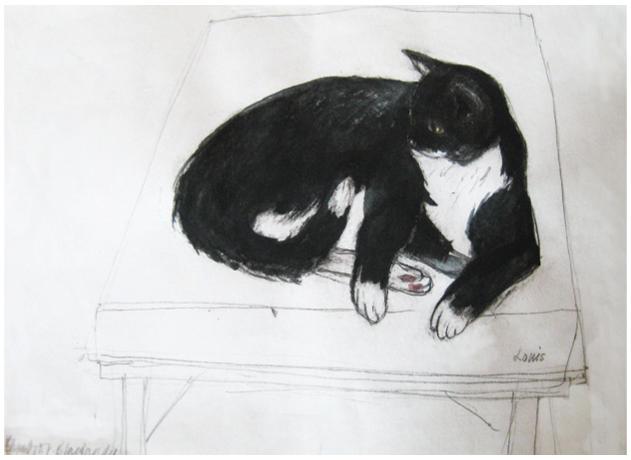
Elizabeth Blackadder is known for enjoying drawing her cats. Louis has posed for her here (not on public display).
 R OBERT A DAM
R OBERT A DAM 
172892, ARCHITECT
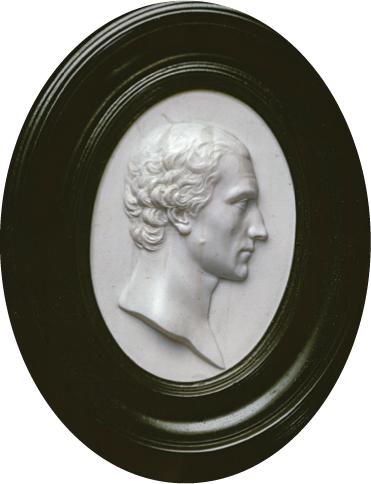
Font size:
Interval:
Bookmark:
Similar books «Edinburgh»
Look at similar books to Edinburgh. We have selected literature similar in name and meaning in the hope of providing readers with more options to find new, interesting, not yet read works.
Discussion, reviews of the book Edinburgh and just readers' own opinions. Leave your comments, write what you think about the work, its meaning or the main characters. Specify what exactly you liked and what you didn't like, and why you think so.

